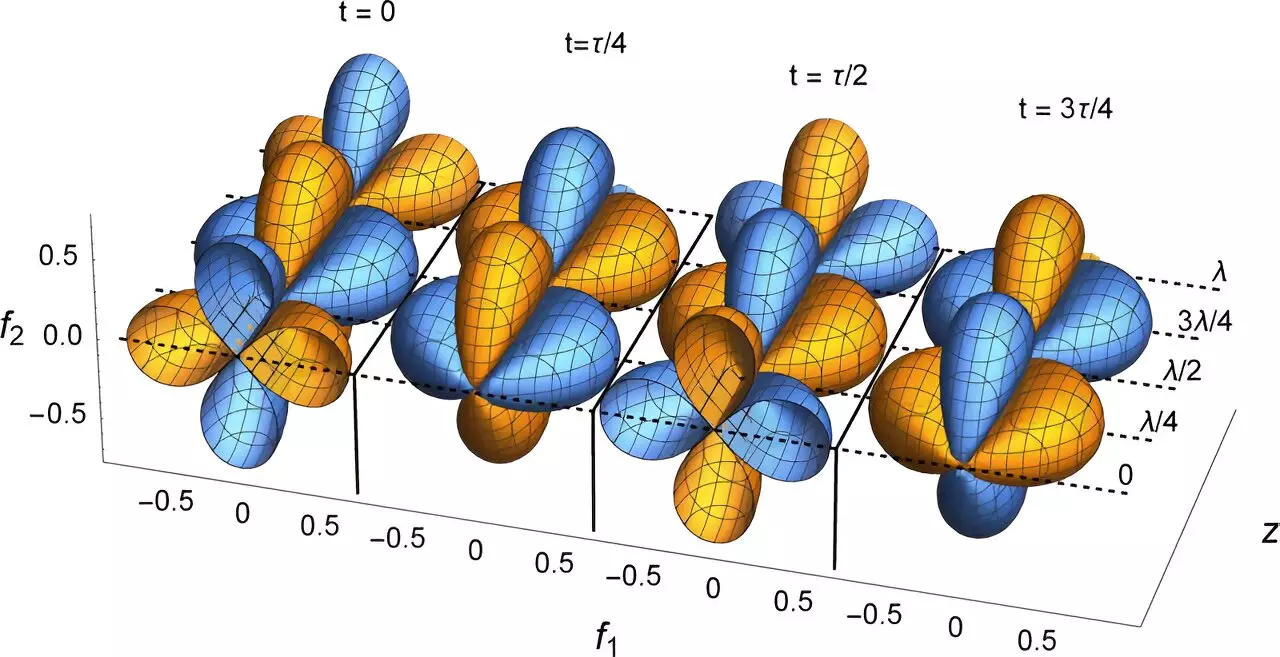The detection of gravitational waves has opened up a whole new world of possibilities in the field of physics. When two black holes collide, they create ripples in space and time, as predicted by Einstein in 1916. The ability to observe these gravitational waves is a monumental achievement that requires incredibly advanced technology and precision. The Laser Interferometer Gravitational-Wave Observatory (LIGO) telescope made history by detecting these waves for the first time in September 2015.
Measuring gravitational waves is no easy task – it requires the ability to detect changes in length smaller than the diameter of an atomic nucleus. This level of precision is mind-boggling, but essential for capturing the subtle effects of these cosmic events. Giant telescopes like LIGO, Virgo, and KAGRA have been built to detect gravitational waves originating from violent celestial occurrences such as black hole collisions.
Researchers from the Okinawa Institute for Science and Technology (OIST), the University of Tohoku, and the University of Tokyo have proposed a groundbreaking method for simulating gravitational waves in a laboratory setting. By utilizing the quantum condensate of cold atoms, they were able to create an analog of gravitational waves on a much smaller scale. This innovative approach has the potential to revolutionize our understanding of these elusive cosmic phenomena.
In addition to their work on gravitational waves, the research team focused on Bose-Einstein Condensates (BEC), a state in which quantum particles can act in perfect unison when cooled down. Specifically, they studied a type of BEC known as spin nematics, which exhibit wave-like properties similar to gravitational waves. This connection between quantum phenomena and cosmic events is a testament to the interconnectedness of the universe.
The ability to simulate gravitational waves in a controlled laboratory environment has far-reaching implications for the field of physics. By studying these analogs, researchers can gain valuable insights into the nature of real gravitational waves and expand our knowledge of the universe. This new avenue of research holds promise for unlocking the mysteries of space-time and the fundamental laws of physics.
The quest to understand gravitational waves has led scientists on a journey of exploration and discovery. Through innovative techniques and a deep understanding of quantum mechanics, researchers are pushing the boundaries of what is possible in the realm of astrophysics. The connection between quantum condensates and gravitational waves opens up a world of possibilities for future research and could pave the way for revolutionary breakthroughs in our understanding of the cosmos.


Leave a Reply